My post the other day on walking the Goyt into Stockport was long enough already, but I wanted to add something more about the town itself, because ambling around its streets that afternoon I was pleasantly surprised by the number of historic buildings and the general character of the place.
Stockport is where the Mersey begins and where, in medieval times, a hamlet with a market was established on a steep-sided promontary of red sandstone on the south bank of the River Mersey. The reason a settlement grew here was that Stockport was the most easterly point at which the Mersey could be conveniently crossed as a single ford before the confluence of the Goyt and Tame rivers. The hamlet occupyied the valley bottom and spread up the steep slopes to the market place and medieval church. The dizzying changes in street levels can still confuse the pedestrian today, when suddenly emerging at roof top level on the iron bridge that crosses Little Underbank, for example.
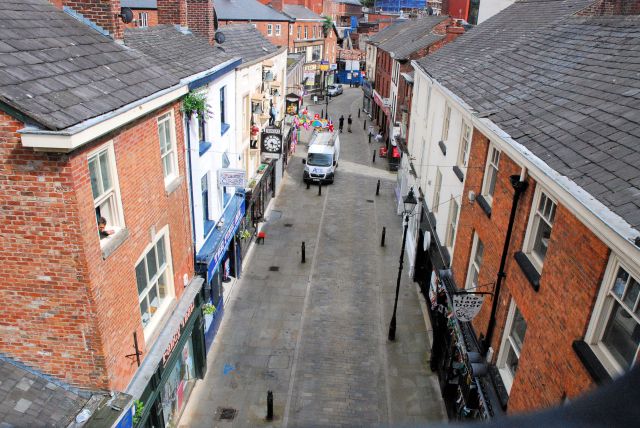
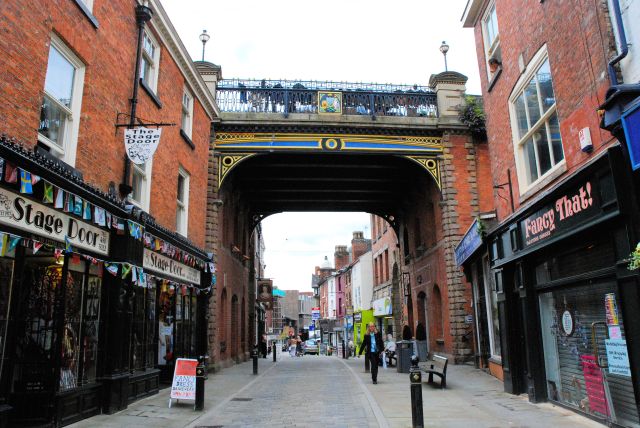
Stockport has never been a port: the Mersey is not navigable here for any boat of significant size. It was that market that gave Stockport its name: first recorded as Stokeport in 1170, from the Old English stoc, a market place and port, a hamlet; hence, a market place at a hamlet. There was a castle here by 1173, situated where Castle Yard is now, and the market grew up around it.
The market place remains exactly where it was at the end of the 13th century, after it was established by charter in 1260. Today stalls selling all kinds of everything are housed in the Victorian covered Market Hall, one of the few remaining traditional street markets in the North West and a Grade II listed building that dates back to 1861. One of Stockport’s best known landmarks, the wrought and cast iron framework was originally an open-sided building with a glazed roof. In 1898 Ephraim Marks, one of the founders of Marks & Spencer, closed the sides of his grocery stall to help shield customers from the cold, and the whole market was enclosed within two years.
Also visible in the photo above is the tower of St Mary’s parish church, another reminder of that early settlement by the Mersey. A church was on the site as early as 1190 but of this church only the original oratory remains. Around 1310 a new church was built, of which only the chancel remains. The rest of the present church, a Grade 1 listed building, is early 19th century.
As I explored the streets around the market place, I discovered several more historic buildings. The Three Shires (below) is a listed 15th century building on Great Underbank, thought to be the town’s second oldest building. It was once the town house of the prominent local family, the Leghs, who owned the land here. Their main residence was Adlington Hall, one of Cheshire’s finest Tudor half-timbered stately homes where Handel is reputed to have played the historic great organ.
Another 15th century half-timbered building is Underbank Hall (below), also Grade II listed. It was home of the Arden family of Bredbury until 1823 when it became a bank. A banking hall was then added to the rear in 1919. The hall is still used as a bank today and currently houses the Natwest branch for Stockport.
At the end of Great Underbank stands The White Lion, reckoned to be the oldest hostelry in the town, with a licence dating back to the 14th century. It was a coaching inn on the main coaching route into and out of Stockport, situated close to the only crossing point of the Mersey at Lancashire Bridge. It was rebuilt in 1904 in mock Tudor. Unfortunately, when I passed by, the building was boarded up, and for sale signs displayed.
Here, in 1831, a local man, William Clayton, auctioned his wife to the highest bidder. She was handed over to the purchaser, J Booth, for five shillings with a halter around her neck, as if she were a piece of livestock. Whether this sort of thing was a regular occurrence, I don’t know, but Thomas Hardy opens The Mayor of Casterbridge with a scene in which a man also sells his wife in a pub auction:
“For my part I don’t see why men who have got wives and don’t want ’em, shouldn’t get rid of ’em as these gipsy fellows do their old horses,” said the man in the tent. “Why shouldn’t they put ’em up and sell ’em by auction to men who are in need of such articles? Hey? Why, begad, I’d sell mine this minute if anybody would buy her!” “There’s them that would do that,” some of the guests replied, looking at the woman, who was by no means ill-favoured.
Without doubt, the most astonishing historic building in Stockport is Staircase House, though you wouldn’t gaive a second glance to the exterior that faces onto Market Place (below). But that bland, modern facade hides a remarkable Grade 2* listed medieval town house that dates back to 1460: tree ring dating of the original frame of Staircase House has revealed that the timber was felled in 1459 and the house was built in 1460.
At the heart of the house is the cage newel staircase from which it takes its name. The first owner of Staircase House may have been the Mayor of Stockport in 1483, William Dodge, whose family later helped found Dodge City, USA. The first definite residents were the Shawcross family, who owned the property from 1605 to 1730. Part of the landed gentry, it was they who installed the elaborate Jacobean cage newel staircase in 1618, one of only three surviving examples in Britain, which gives the house its name. Wikipedia explains what is distinctive about a cage newel staircase:
The distinctive feature of a cage newel staircase is that each newel post extends throughout the full height of the staircase, the four posts and the banisters thus forming a stairwell which is not fully enclosed, but, rather, contained within a cage-like structure. In fact, at Staircase House, at some date before the first surviving descriptions of the staircase in nineteenth century, the newel posts were each sawn through, just below the stringer board and just above the handrail. That may have been done as a response to changing tastes, or possibly to overcome the practical difficulties of moving large objects, such as furniture, about the house.
The staircase visitors walk up today is the original – but much restored. The carved staircase was badly damaged by a fire in 1995 and has been carefully reconstructed conserving as much of the remaining fabric as possible.
The house was last in use as a residential building in the 1940s, and survived several demolition attempts in the 1980s which were successfully opposed by Stockport’s Heritage Trust. Even though the value of Staircase House had been recognised in the 1950s, when it was awarded a Grade 2 listing, the condition of the property had deteriorated sharply. In the 1990s, Stockport Council acquired the property derelict, inaccessible and in a state of partial collapse.The fire in 1995 caused great damage, and the building was thought to be on the point of collapse.
But proposals for repair and subsequent reuse provided the basis for successful grant applications to a range of funding agencies, including the Heritage Lottery. In view of its significance, it was proposed that the house should become a museum interpreting its social history and its various forms of vernacular construction. Work began on site in November 2001 and included the stabilisation of the structure, restoration of the 17th and 18th century interiors and conservation of the timber framing and wattle and daub.
I took the tour around Staircase House, and I can’t recommend it too highly: included in the admission price is the loan of a handset which provides a detailed audio guide recounting the full history of the house, explaining the architectural features and social history, room by room. My time was limited, and I had to rush through some of the narration, but I took away with me a copy of the excellent guide book.
The view from the staircase (above) shows the framework of the original part of the house, with the original wattle and daub filling. To the rear, the windows and brickwork of the 18th century extension can be seen.
The tour begins in the cellar storehouse (above) , laid out with objects to illustrate how, in the 1650s, the area would have been used to store dry foodstuffs for the household. Today, Staircase House is in the middle of a built-up area, but in the 1600s it stood on a long strip of land or ‘burgage plot’ which stretched down to the river Mersey. The plot allowed the ‘burgess’, or house owner, to farm the land.
The restoration work on the house has been meticulous, employing traditional building techniques and specialist skills – the timber framework of the house was repaired with authentic English oak, while the historic technique of wattle and daub was used to repair the walls. The rooms are furnished with a mixture of original and replica furniture, each room reflecting diffferent period styles from the 1600s to the 1940s to illustrate that the house had been continuously occupied for over 500 years. In the Linen Chamber (above), the replica linen press or cupboard seen on the left was modelled on a 17th century piece from Marple Hall.
The 17th century Bed Chamber (above) houses a replica four-poster that has the emblem of the Shallcross family carved on the headboard. On the wall beside the bed is a ventilated wooden cupboard called a livery cupboard. The guide notes that this would have contained food supplies – cheese, meat, wine and bread – for long winter nights, or even cold days when a great deal of time would have been spent in the warmth of the bed. I liked the claret jars on the cupboard shelf.
The 27 arches of the railway viaduct dominate the Stockport townscape as it spans the Mersey valley 111 feet above the river, just to the north of the station at which trains from Manchester to London stop. When built in 1840 the viaduct was the largest in the world and remains one of the biggest brick-built structures in Western Europe.
Looking at it, the thought occurred to me whether the architect Norman Foster, who was born into a working class family in Stockport in 1935, gained any inspiration from his home town viaduct when designing the beautiful Millau viaduct in southern France seen earlier this year which even more dramatically spans the Tarn gorge.
The viaduct is a reminder of the period in which Stockport’s growth in population and manufacturing was exponential. Friday night’s Olympic opening ceremony in which Danny Boyle depicted a communal rural England transformed by the ‘dark satanic mills’ of the industrial revolution, could well have described the transformation of Stockport in the early 19th century. Between 1780 and 1850, cotton spinning and weaving was the dominant industry of the region, powered first by the fast-flowing waters of the Goyt, Tame and Mersey, and later by coal mined locally. In the 1830s Stockport was second only to Manchester in the amount of cotton being produced. Three quarters of the inhabitants were engaged in cotton manufacture. Mills sprang up along the banks of the Mersey. By 1815, there were 40 large cotton mills in the town.
In 1845, in The Condition of the Working Class in England, Frederick Engels vividly described what a desperate place Stockport had become:
There is Stockport, too, which lies on the Cheshire side of the Mersey, but belongs nevertheless to the manufacturing district of Manchester. It lies in a narrow valley along the Mersey, so that the streets slope down a steep hill on one side and up an equally steep one on the other, while the railway from Manchester to Birmingham passes over a high viaduct above the city and the whole valley. Stockport is renowned throughout the entire district as one of the duskiest, smokiest holes, and looks, indeed, especially when viewed from the viaduct, excessively repellent. But far more repulsive are the cottages and cellar dwellings of the working-class, which stretch in long rows through all parts of the town from the valley bottom to the crest of the hill. I do not remember to have seen so many cellars used as dwellings in any other town of this district…. “
Lurching forward a century and a half, by the early 1990s, Stockport’s former industries had been decimated. Secure and decently paid jobs had gone, and with them the community pride created by a tradition of skilled work in a local mine or factory. An Oxbridge-educated lad, Owen Jones, had attended a Stockport primary school starved of resources and was the only member of his class to reach university. In his book, Chavs: The Demonization of the Working Class, published last year, he has no doubt that he made it only because his family was middle class. To be working class was no longer something people felt that they could be proud of. Far from it: it had become effectively synonymous with the pejorative label ‘chav’. The demonisation of working-class identity has, he claims, had an impact on the attitudes of not only middle-class people but also both those who are working-class. With a political consensus that we should aspire to become middle-class, and with few positive representations of working-class people (how many MPs from a trade union or working class background are left in the House Commons, even on the Labour benches?) this, Owen argues, is as unsurprising as it is depressing.
With reference to Stockport, the truly despicable website Chavtowns has this example of the kind of contemptuous attitude that Owen Jones is on about:
I’d like to nominate Stockport as the chaviest place in the entire world, and have the town’s name changed to ‘Rockport’. It says a lot about the culture of the people of your home town, when your cultural hotspot isn’t a museum, park, art gallery or even cafe/bar, but a McDonald’s Drive-Thru. Chavs, or scalls as they’re charmingly referred to, are ferried day in and day out from council estates by a constant stream of buses driven by drivers with nerves of steel….
One local councillor was quite shocked when she found Stockport was on The Idler’s list of bad towns, proudly declaring that 50% of the borough is greenbelt land. What she’d failed to notice however, is that the remaining 43% are council estates, 2% is a giant refuse tip (handily situated near the largest of the council estates for chucking out old 3-piece suites and unwanted kids), 3% is the River Mersey, leaving the remaining 2% to those who actually work for a living as opposed to waiting for their tax credits to come through. Our town is so bad, many people are even considering relocating to Milton Keynes….
Stockport’s most famous hero is of course Fred Perry, the only British man ever to have won Wimbledon, and every day the kids pay tribute to him by wearing his branded stripy tops and jumpers. Stockport is also the only town in the world where the local demolition experts are the kids…
As I’ve already stated, I found Stockport a pleasant enough place to walk around. In these hard times there seemed to be evidence of a local council working to improve the urban environment and preserve the town’s historical heritage, contradicting this view from art critic Andrew Lambirth in 2003:
Today Stockport is in denial. Instead of valuing the extraordinary resources the town possesses – principally its river and its history—these are ignored, old buildings are demolished and the river is even built over (as it is in Merseyway Precinct) in order to provide more shops for the addicts of tat. A river is a living thing, not a drain. The architect Richard Rogers has called the Thames (another under-used resource) a ‘blue highway’, and the Mersey should be treated not only with similar respect but with the imagination that will transform it into a contemporary asset. Unfortunately, however, Stockport is now attempting to shed its past, industrial and otherwise, and transform itself into another soulless and indistinguishable conurbation. In their wisdom, the city fathers want to turn it into an ‘entrepreneurs paradise’, full of ‘swanky apartments’, with a frenzied night-life to match. This supposedly new economic plan is of course death to the real identity of Stockport, to its long-cherished individuality, to those features and customs and landmarks which have made it what it is.
Until they pull down the Merseyway shopping centre and reclaim the Mersey for the centre of the town, little can be done to reverse the decision to culvert the Mersey – a decision that was actually made back in the 1930s.
Local historian Coral Dranfield, a member of Stockport Heritage Trust, gave this interview about the town to the Mersey Basin campaign in 2007:
I was born and brought up in Stockport, mainly in the Cheadle area. My first recollection of the river is when we used to get off the bus, just outside Mersey Square and the river was right near the bus stop and it was all very threatening and fast and you know I was always pleased that there was a railing between me and this big gorge. That’s my first recollection. There was also a place where you could stand at the side of the shopping area before Merseyway was built and look down underneath Merseyway Road and the river looked very black and again it looked a dangerous, threatening place. Most people of my age remember that. Yeah us kids we would stand there and look at it.
If it wasn’t for the river, Stockport wouldn’t be here. Its position, right next to a ford was where people had to come to get across and it was the dividing line between Lancashire and Cheshire, so it became a gathering if the river was in flood and they couldn’t cross the ford they had to wait on both sides. Of course it wasn’t long before they built a bridge and that again was a focus point where people got across the river. Travellers used to pay the little man who lived underneath for a safe crossing.
So that was the start of it really and like a lot of towns, the river became part of the history of the area, right from very early Medieval times, corn milling brought in a big income for the Lord of the Manor and in Stockport, he had two corn mills and he ran them with water wheels, off the river. But again, the Mersey is very unpredictable, it can be very dry, it can be in flood, it would wash the wheels away and he actually built tunnels to control the river and to make more money out of his corn mills. Those tunnels were perfect when silk became popular, because he’d built the mills next to the tunnels and he’d got the power there and he ran the silk mills, it wasn’t long before cotton became more productive than silk and again the silk mills, well the cotton mills ran off the river in these tunnels, so much so that sometimes the river was completely empty and all the water was going down the tunnels to feed the mills. And that really is how Stockport’s cotton industry started off more important than Manchester’s to begin with, because of the river.
Stockport is also full of springs which all drain into the Mersey. You could virtually dig a well anywhere I think in Stockport and find water. It was definitely built on water, springs, brooks. We have the Tin Brook which still runs underneath the shopping areas. And discharges under Merseyway. The water’s there but nobody knows it’s there anymore.
There’s a lot of people in Stockport who still worked for the mills and the water was used but it wasn’t used then for turning wheels, but it was used for the industrial processes. Cotton needed a lot of water. The steam engines needed water, there are a lot of foundries in Stockport because the water’s there and because they need it and again these were positioned along the river. And people will remember working in places like that.
Water was very important to a lot of activity, a lot of industry and wealth. I think this is probably one of the problems, because the mills have closed down and these iron foundries have gone, they think the river’s not needed anymore. Certainly when it was built over and Stockport tried to forget it was there. I think by opening it up and getting people to re-use the river and to celebrate the river, rather than hide it, far from dividing the town, like it used to, it can reunite the two sides and bring people down to the river to do things.
Well the river became a divider to the town. North of the river became part of Stockport, although it used to be part of Manchester, it joined to Stockport and the river was in the way. They also probably thought this would make a great road from East to West through the middle of the town, so they built over it and this amazing structure for the 1930s covered the river completely and made a dual carriageway. From then on people didn’t want to know the river in Stockport, it was hidden, it was buried, it was dirty, it was full of industrial waste from the mills and they really didn’t want it anymore and unfortunately it hasn’t changed. People, they don’t know it’s there, they don’t want to know it’s there. If they happen to look over a railing and see something dumped, everybody complains you know, dirty River Mersey and it would be so nice to change all that and bring it back to something that people want again.
If you talk about the Goyt Valley, they think of Derbyshire, but we also have the Goyt Valley, it comes right into Stockport, right up to where the Mersey starts, but no, they don’t relate it at all.
Under Merseyway, you’ve got the start of the Mersey, I mean it is just slightly round the corner. But that is the beginning of the Mersey and it goes all the way to Liverpool and people don’t tend to know that. You know that Stockport is where it all began. It didn’t used to be, the Mersey used to begin further up in Marple where the Etherow joins the Goyt but somebody made a mistake, probably writing a map, put it down wrong and it’s been different ever since. I’ve seen it on some very early maps where they’ve written it down for the first time, wrong, and I think that’s how it changed. And that’s how these things do change, even today. Somebody will write something down wrong on a street name and that street changes it’s name, that’s how it happens.
There is a story, I don’t know if it’s true, that Bonny Prince Charlie camped above the gorge outside Stockport and look down and they thought it was so beautiful it reminded them of home and they christened that particular area Tiviot Dale and that’s still it’s name today. But it was the Mersey Valley that they were looking at.
The caves at Brinksway, we always thought were workshops but just recently we’ve found out that they were built by the navvies who built the viaduct. So you have the link there, the caves are by the river and the navvies were working to build the bridge over the river for the railway and were very much in danger of being on top of it, of falling in while they were working and it was apparently a shanty town, which is what they used to do. Thousands of them would turn up in a town to build viaducts and railway lines and had to find somewhere to live and they weren’t paid very much so they couldn’t get board and lodging and they used to build these shanty towns and of course the caves, probably was a bit of a minor cave network and they’ve increased it made themselves somewhere to live. They would be mainly Irish and they would travel around with the railway wherever they were being built, with their families as well, not just the men. It just happened to be that we were doing a talk about it and a gentleman came up, as they often do and said “my grandfather told me when I was a little lad that he remembered or his grandfather had remembered them actually living there”. So it had been passed down through the family and everyone else had forgotten about it.
I do have a spot that I would like to see celebrated. I don’t know whether you would call it a favourite spot but when I walk from the Peel Centre car park across the bridge towards Merseyway, I always feel very sad that you cross the river there, there’s a very old bridge and people don’t notice it, they don’t notice the river, they don’t notice the bridge and they should do, I think it should be brought to the fore and made something of, in that spot. I don’t think there are any nice feelings in Stockport at the moment about the river. We want to bring it back, we definitely want to make people proud of the fact that Stockport has a river, not keep it all hidden, celebrate it really, yes be proud of it. it’s much cleaner, it’s much nicer, getting that message through to people I think is still difficult and that’s what, that’s what we’re trying to do.
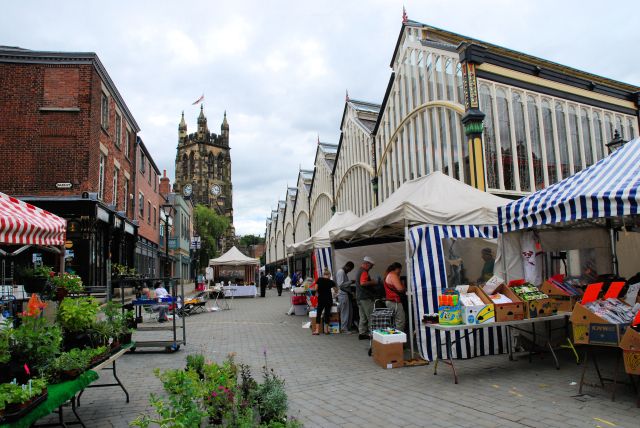
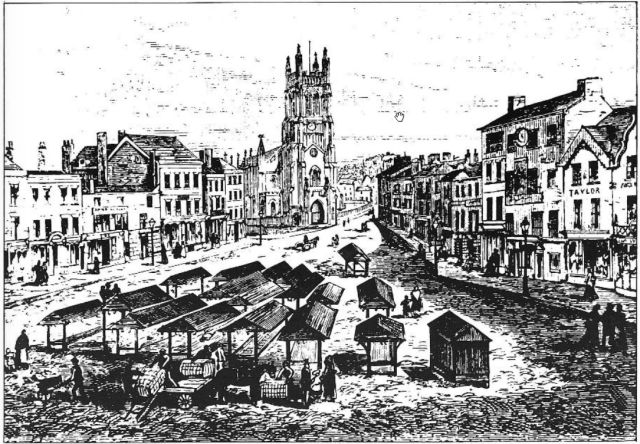
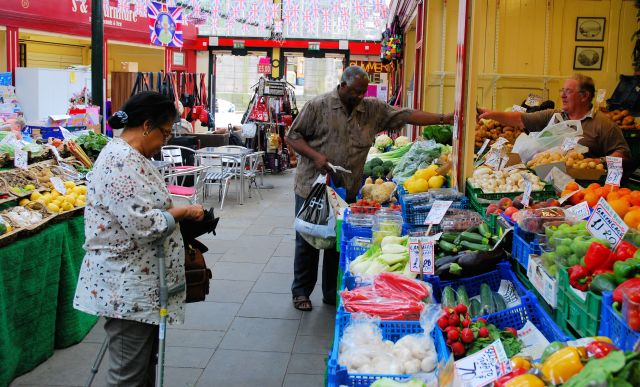
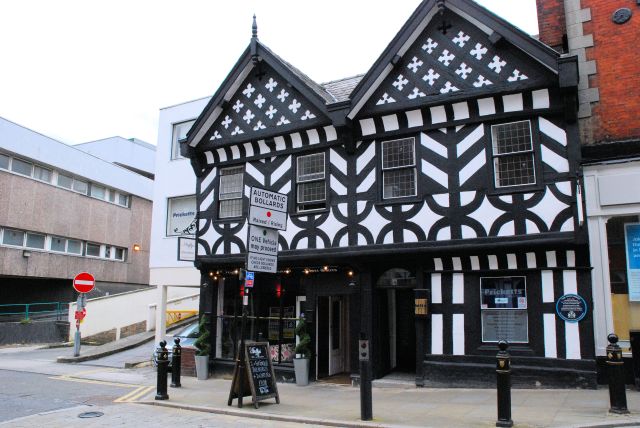

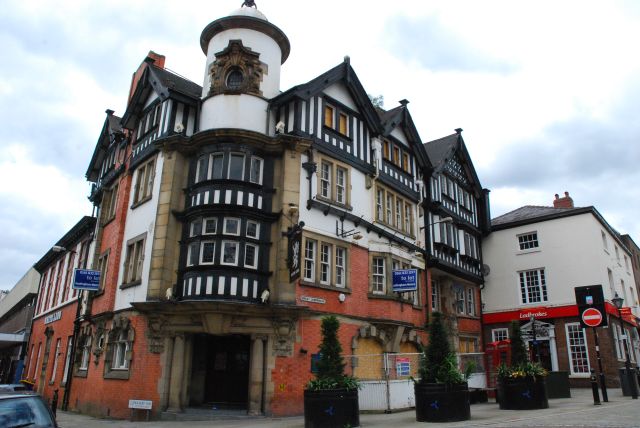

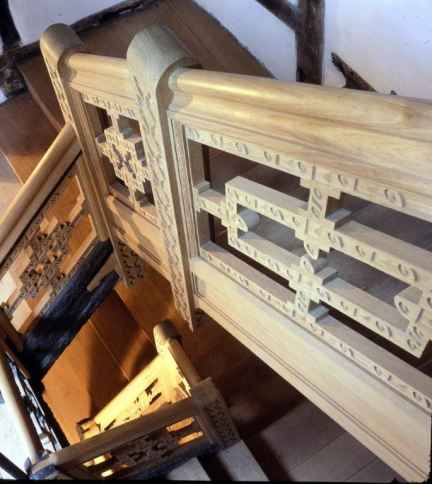
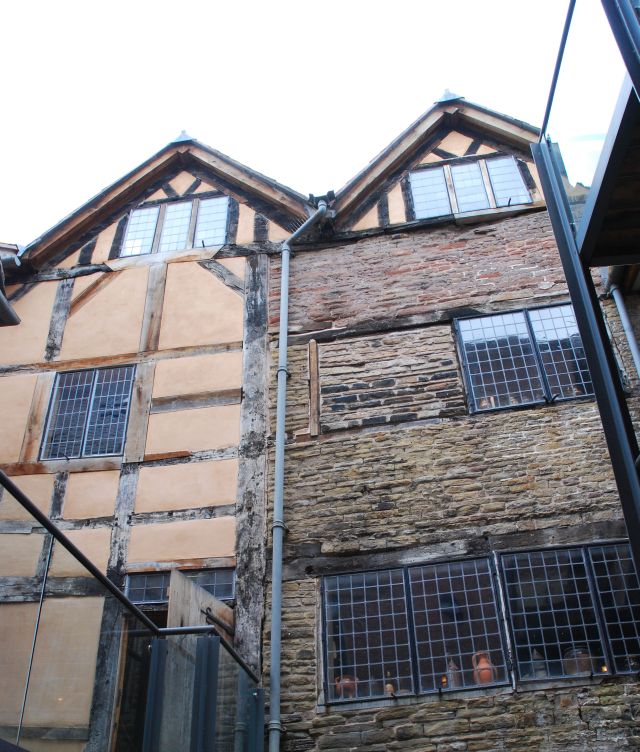
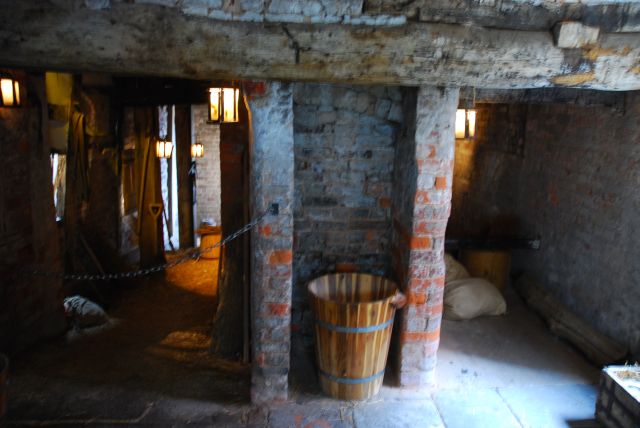
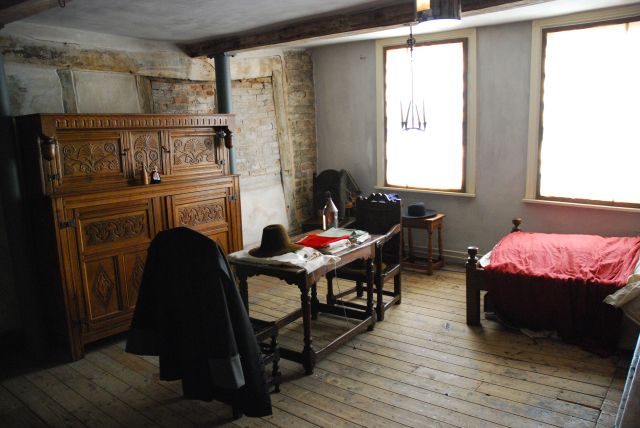
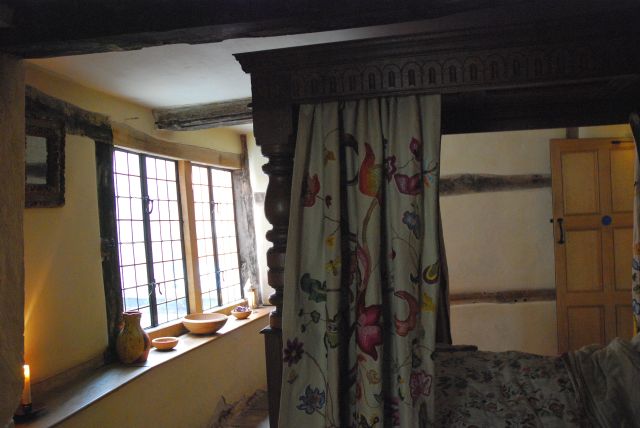
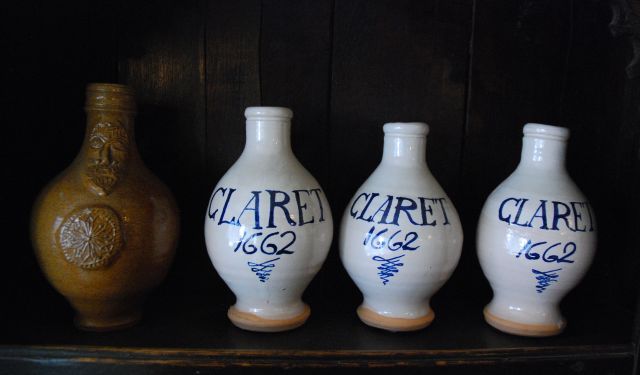

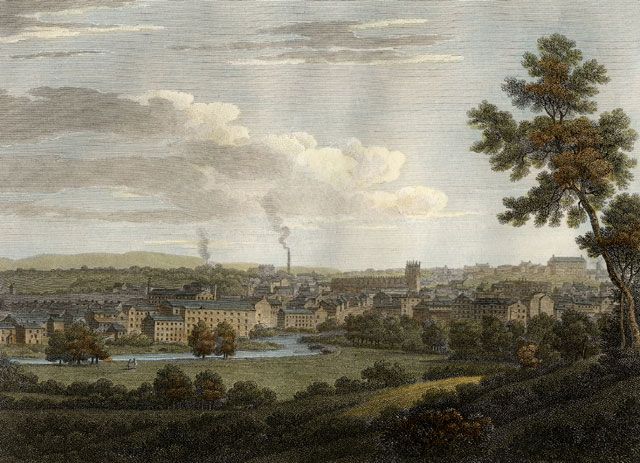
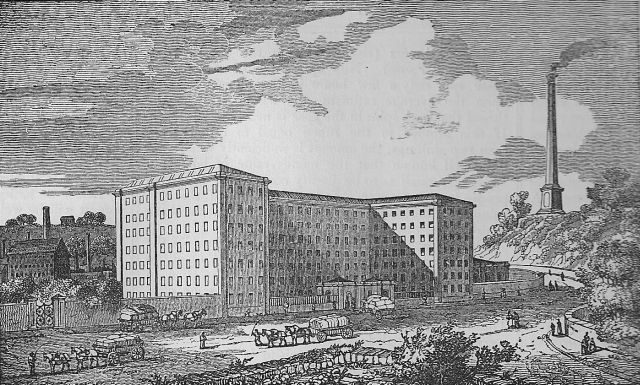
Very much enjoyed this post on Stockport – my family comes from the Wirral and Congleton so we are now all reading your blog even though we are scattered over the world. Many Thanks.
I’m pleased that northern exiles find something worthwhile in these ramblings! More to come as I make my way down the Mersey. Thanks for reading, Pam.
I enjoyed this topic about Stockport as it’s my town. It’s interesting to make something of places you go past on an everyday basis.
I recognised where you took the images from. However where did you take the viaduct picture from? I usually see it from the A6, with the bus station in front.
The photo (which is a Wikimedia Commons image, not mine – though all the rest of the photos are) is taken from the Trans-Pennine Trail path on the north bank of the Mersey just below the King Street bridge which is in the foreground. Thanks for reading.
Thanks. I’ll have to check that out at some point. I’ve no excuse as I live in the area ha-ha.
Excellent topic, photos and articles. In 2002 I recorded a five minute radio news report on Stockport Market and it being the first market in the United Kingdom to use the Euro. I want to upload the documentary to Youtube and so I need an accompanying photograph of the market to illustrate it. I was wondering if you I could have your permission to use the photograph at the top of your article. I will of course give you full credit. Many thanks in advance. William
Absolutely – no problem.
Very much enjoyed this post. My sister lives in the Goyt but I’ve never actually visited Stockport. Must visit next time I’m up there.
It is a lovely valley to walk in. Thanks for reading and leaving your comment.
I very much enjoyed reading this post and hear that others have the same view as me about the river that runs through Stockport. I sadly think that many people don’t even realise that there is a river running under the shopping center. I have always thought it such a shame that the river isn’t made a feature of, after all it has served Stockport industry for centurites!
Thanks, Chris. It is a shame the river is now hidden when today a riverside walk and linear park would really enhance the town.
Hi Gerry!
I really do enjoy reading your posts regarding Stockport. I am an architecture student at Manchester Uni and currently working on a project about Stockport. My agenda is to build a Green School-cum-Refuge Centre nearby the Lancashire Hill road and the confluence. I am also planning to restore the rivers give new life to it and make it a valuable asset (just like the one in Seoul http://www.lafoundation.org/research/landscape-performance-series/case-studies/case-study/382/)
Would love to meet you in person
Thanks, banberiberi, I’m very grateful. I think your idea is a great one – I looked at the Seoul example, and if that sort of thing could be done in Stockport – opening up the stretch off the Mersey currently buried beneath Merseyway shopping precinct – it would be great. But I suspect it’d be a big ask!
Very interesting read ,my Dad worked in the Hatting trade ,
I Work at staircase house for heritage education and I really enjoyed reading your blog, I have lived here in Stockport all my life, my family came from Ireland like many others in the mid 19th c , regarding your views on opening up the river I agree wholeheartedly, what a beauty spot Stockport could be, imagine that! For you and your readers interest Stockport council website now have a picture archive which is very interesting, here’s the link. http://www.stockport.gov.uk/services/leisureculture/libraries/libraryonline/stockportimagearchive/sia/?classno=S/C%207
Thanks for writing, Sharon – I’m pleased you appreciated the post. And thanks for the link – lots of interesting photos for old Stockportians to browse!
Stopfordians
What a wonderfully detailed piece of writing, I thoroughly enjoyed reading it. It just shows how much we would love to have our river and the linear walk,
its a shame that the market is being moved and the building having the sides removed and making it open to the weather bercause the sides were added after they are not classed with the heritage bits but have been there longer than any resident alive now
Not sure if this page is still active however.
I recently cleared out an old garden shed and found a 2 gallon pot flask with the following embossed on the top. I hae no idea where it came from but remember using it to brew home made wine in the 70’s, does anyone know the history of the company
G.E. Leigh
Wine Merchant
40 Great Underbank
Stockport.
Many thanks for this, Gerry. I have probably been rather too dismissive of Stockport at times and I’ll certainly make time to check out the Staircase House. BTW I have just linked your recent selection of uplifting poetry to my own blog.
What an informative article .. I lived in Stockport as a child until my early twenties and have to be honest I totally agree with Owen Jones’ description of it. I have only visited once in the last 40 years, unfortunately Stockport hadn’t changed much. Why then did I feel nostalgic reading your article .. I must have walked past these beautiful buildings a hundred times with my eyes closed .. thank you for opening them with your marvelous well written blog.
Thanks, Susan, for your kind remarks. Glad you enjoyed reading the post.
Dear Gerry, Well having lived in Stockport for nearly seventy years your article made me really reflect on the content as a very accurate observation of the lack of vision of the local authorities. May be in my dreams I would love to have seen the bonnie banks of the Mersey returned to a green and pleasant land but unfortunately money, politics etc seem to be the idols we are supposed to bow to. I thank you for your story and the time and thought you have invested into it, Many Thanks.
Thanks, William, you’re very welcome. Glad you enjoyed the post.
Came across this piece by accident whilst doing background research about Stockport. Thank you it was most informative and very enjoyable. I have had been trying to add context and colour to my genealogical research by trying to understand more of the town and times my forebears lived and worked in. I was born in Stockport but now live in Newcastle. My father began training as a weights and measures inspector in the Market before the war and my great grandfather opened a shop in Great Underbank sometime in the 1880s which lasted until the late 50s or early 60s so I definitely could relate to your writing. Like you I regret that the river is regarded as a dirty secret. The regeneration of the banks of the Tyne where I live now is testimony to the value of a vibrant riverfront. Thanks again Gerry.
I’m grateful for your very kind remarks, Roger. Glad you enjoyed the post.
Gerry,
Great article and so very true of the lack of vision on the part of the local council.
Its now even worse with the building of a big coloured shed where the open car park used to be!
Again great article.
Best Regards,
Polish Pete
Gerry
Fabulous article. I am particularly interested in your reference to Ephraim Marks (brother of Michael Marks who founded Marks and Spencers) having a grocers stall at Stockport Market. Please could you let me know where I can find out more about this?
Many thanks
Kathy
Kathy – I’m afraid that I don’t know any more about this than what I wrote in the post – garnered from Stockport tourist info and Wikipedia. Thanks for reading, though!
Is there anywhere I can find out when the houses in Colin Road were built?
houses on Colin RD would have been built around 1930s
How can the
Council be stopped from destroying the town
With the gastly.buildings they put up I
Ithe intended giant red pillar box flats in front of the beautiful
Viaduct . Surely they could be content with the ugly red rock .
Who elects these ignorant philistines on to the council they certainly
don’t have my. vote.
Z
To
Be
Rel